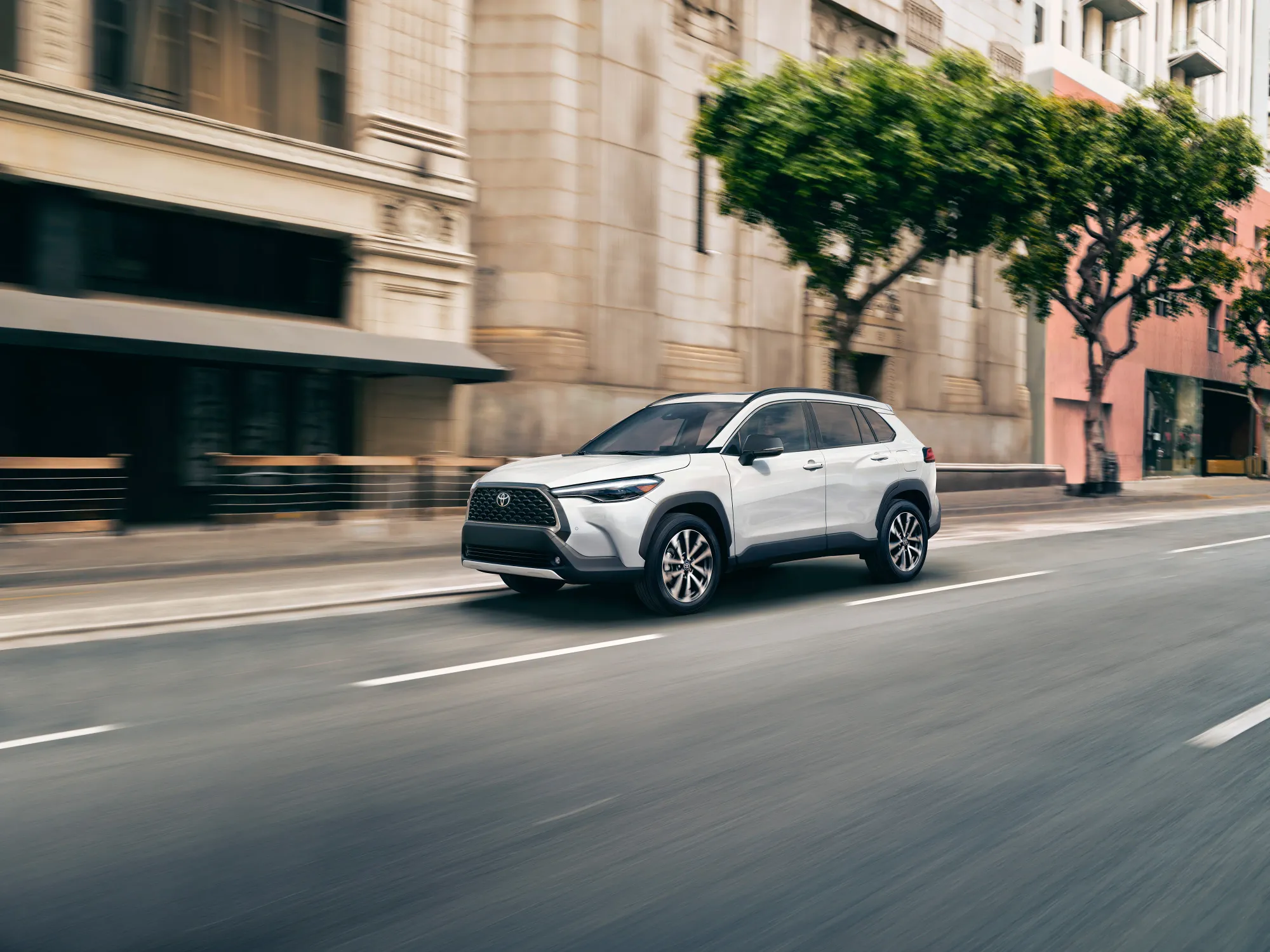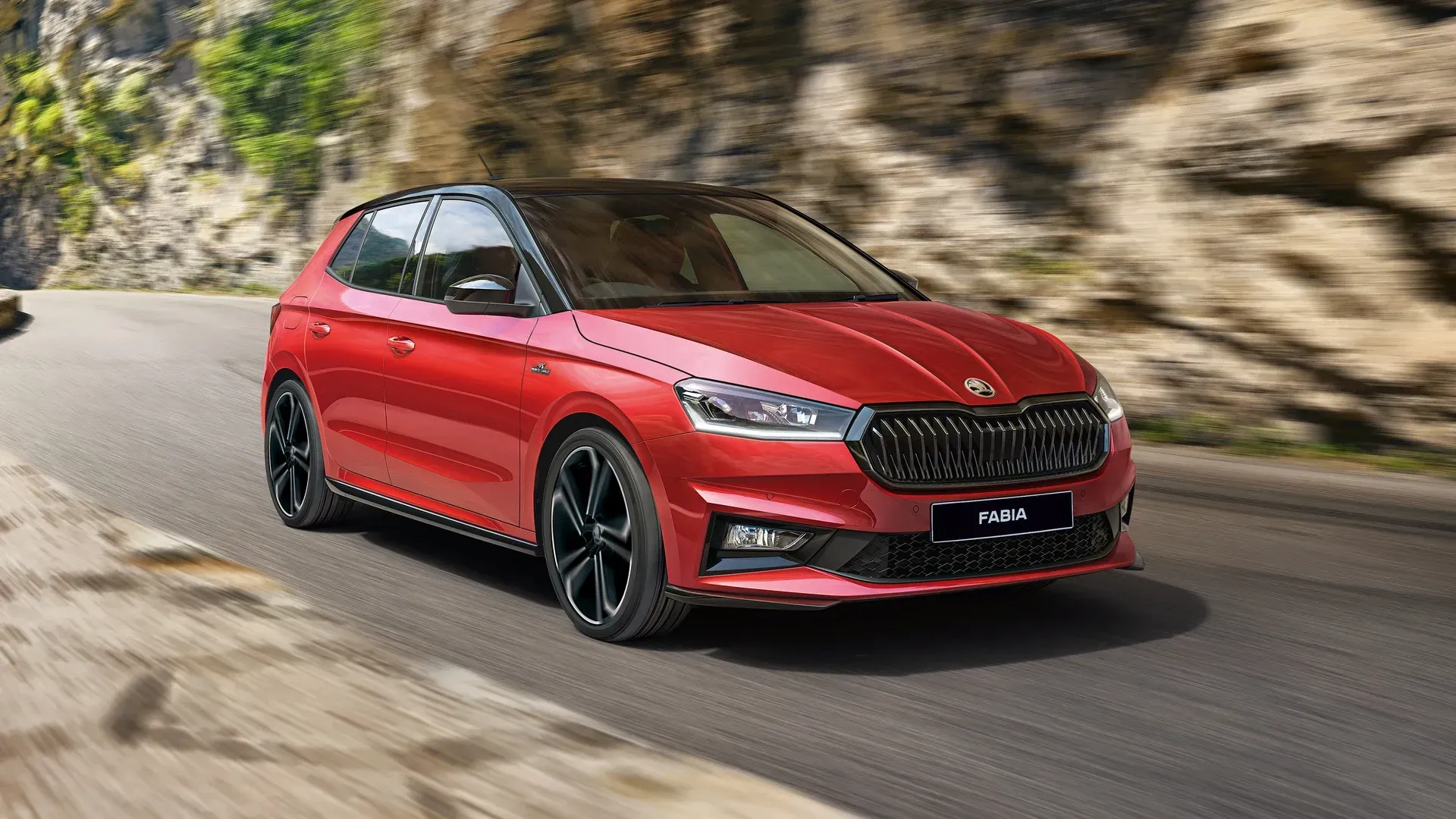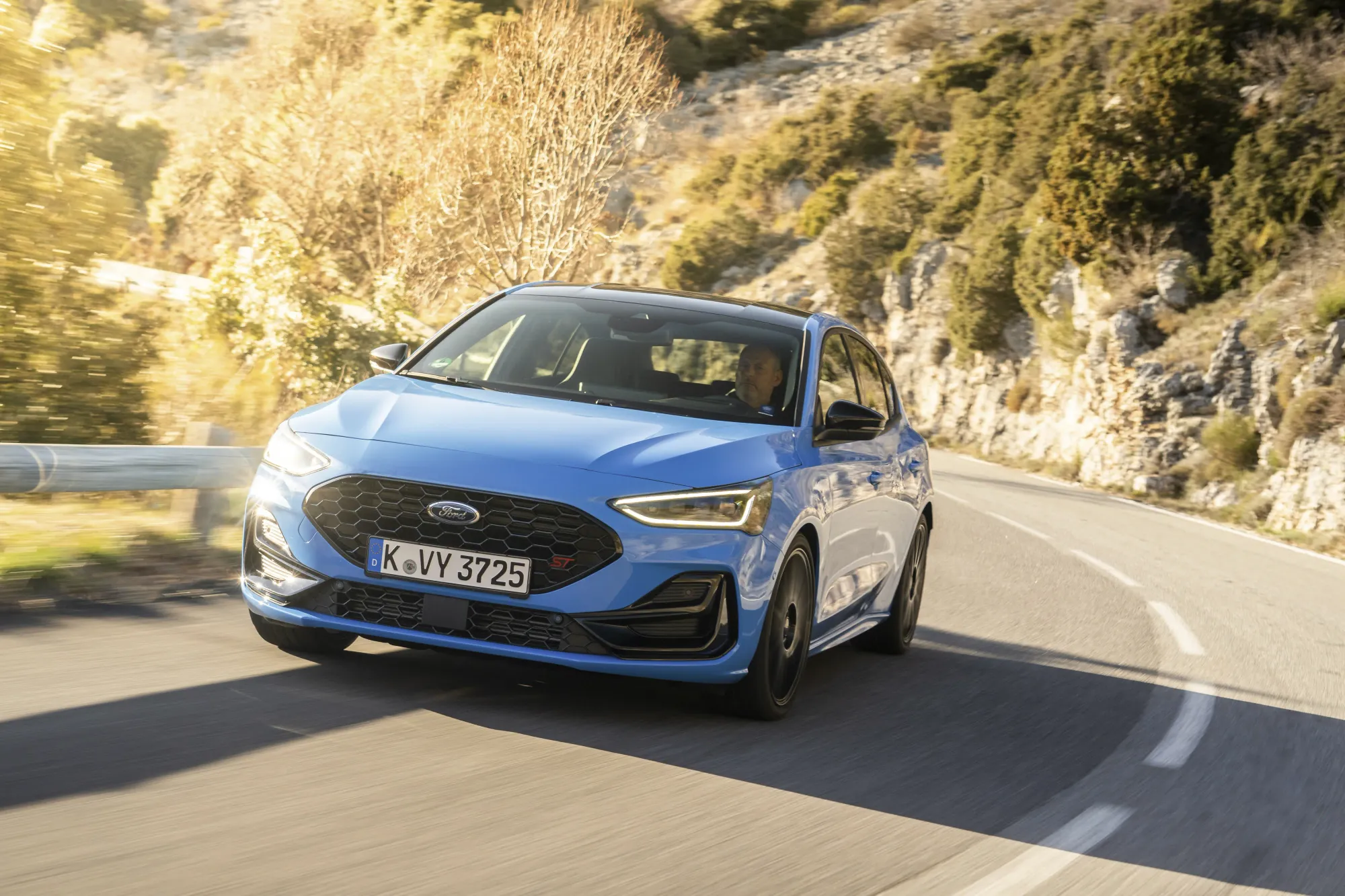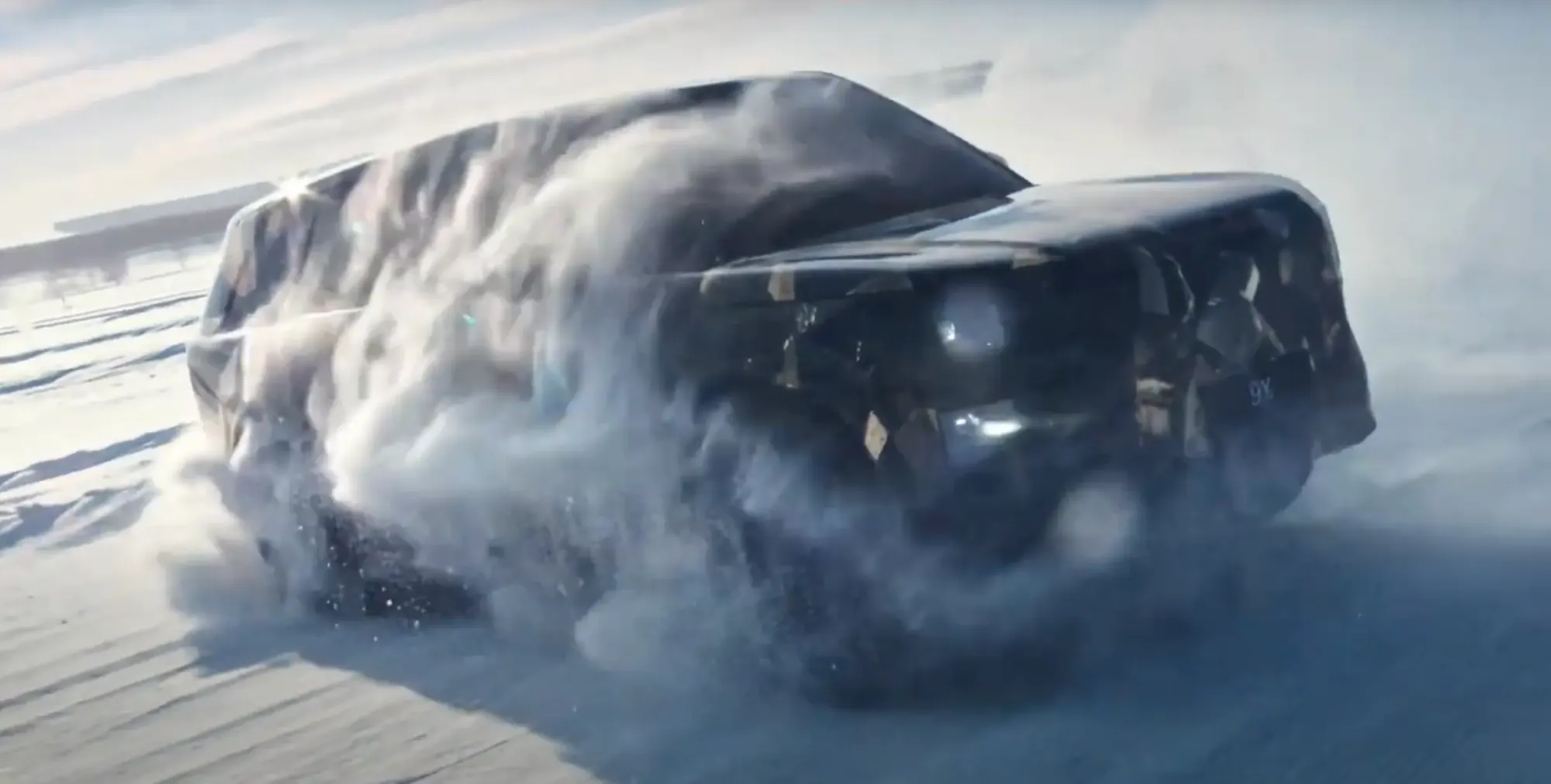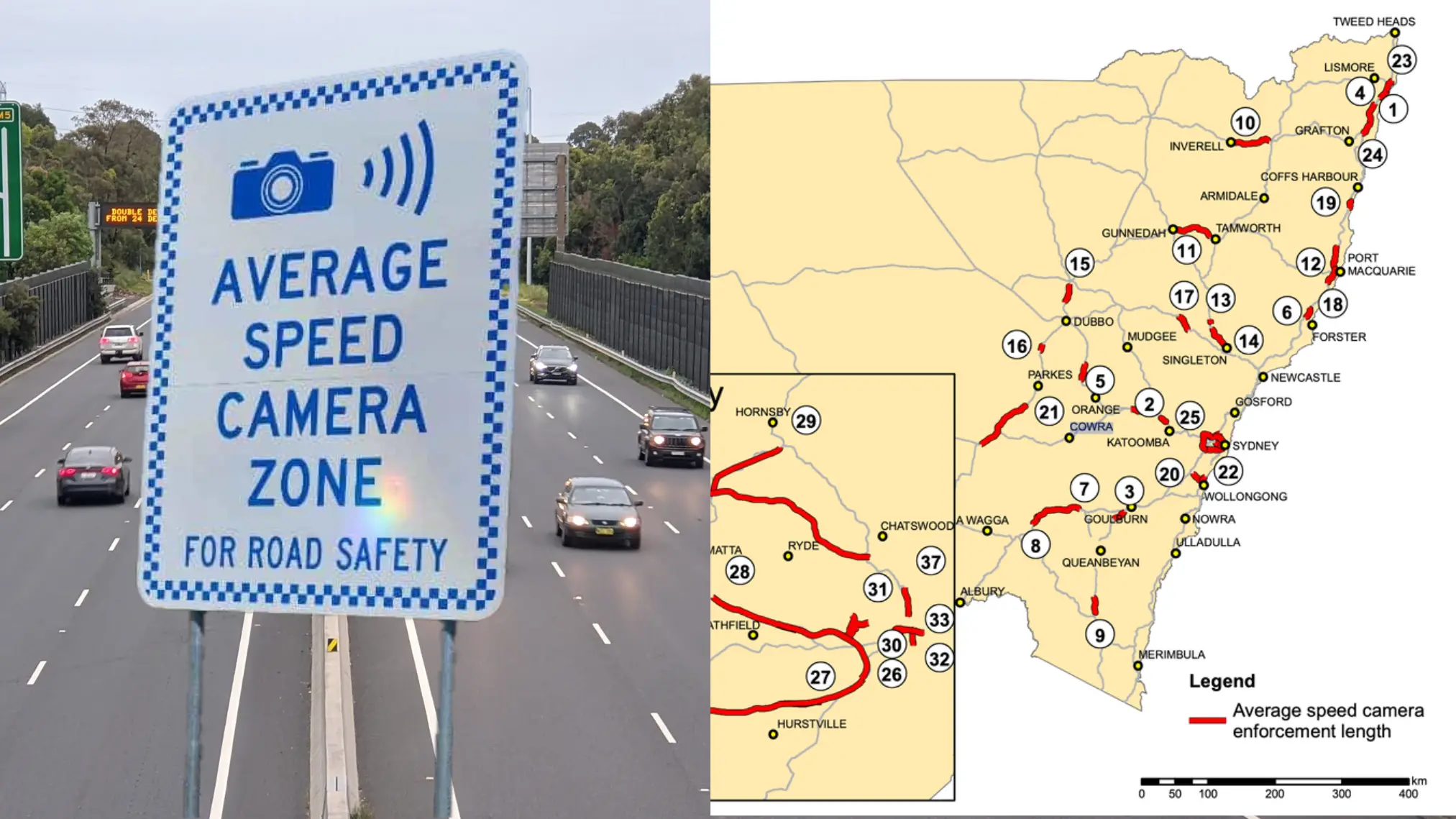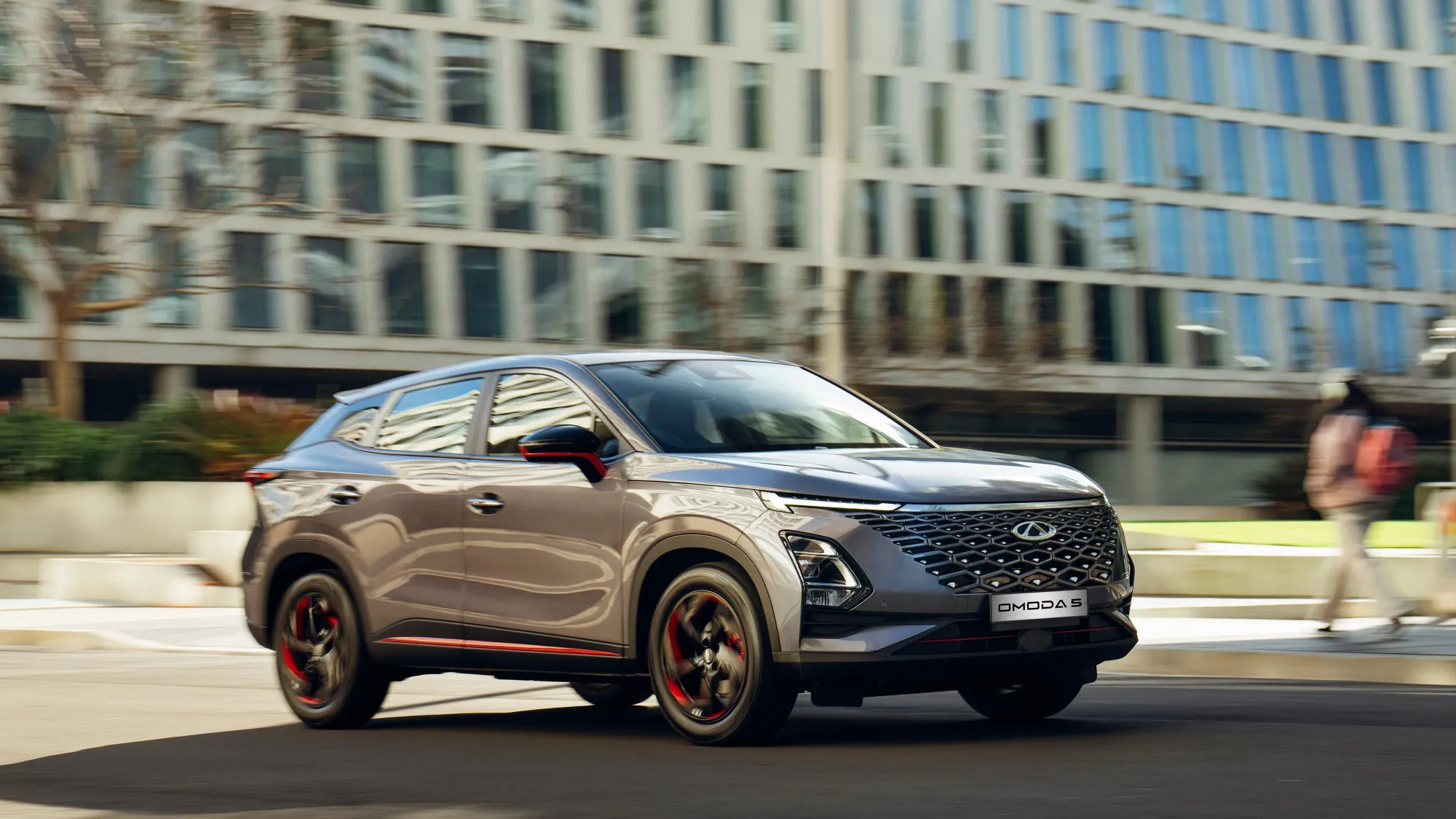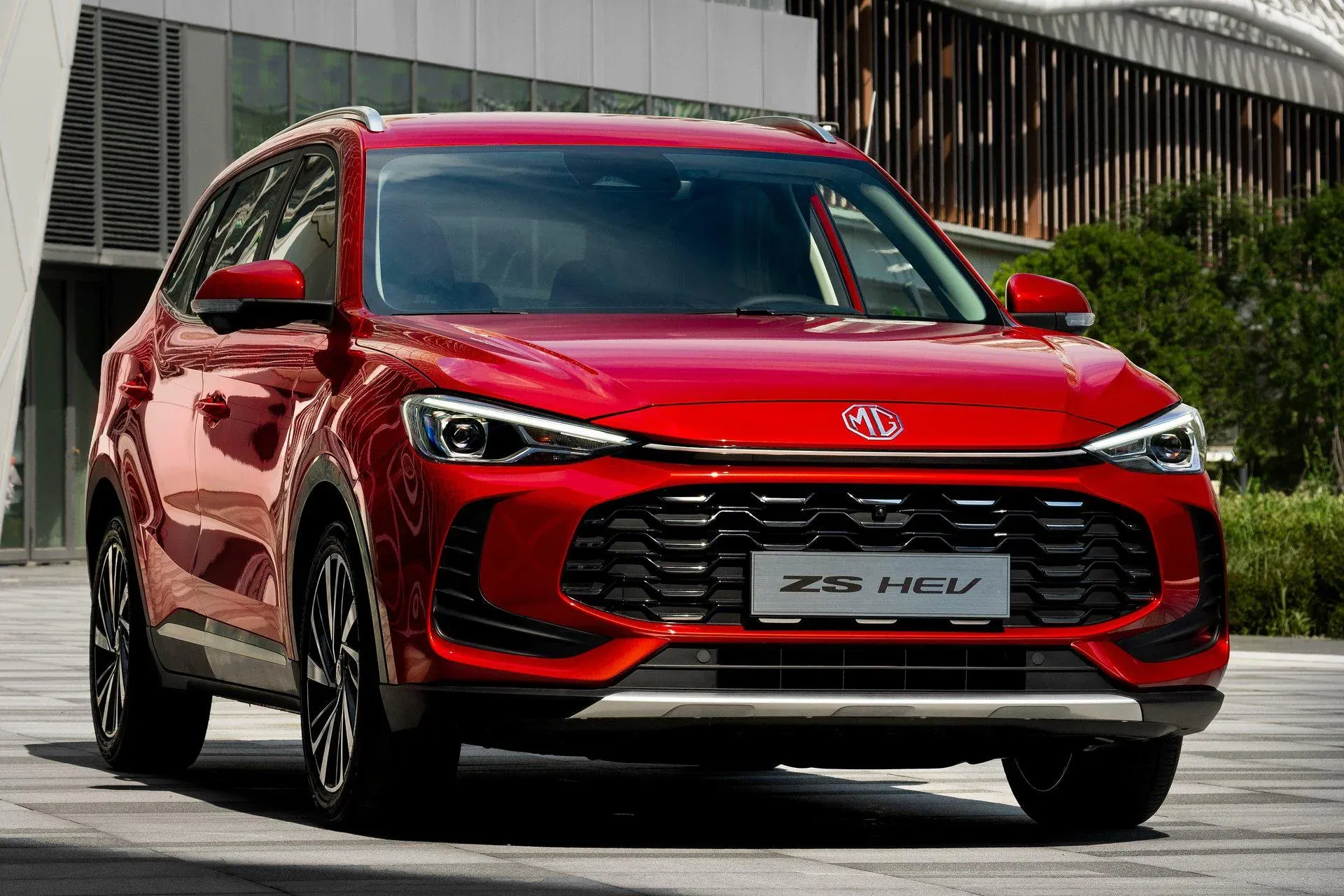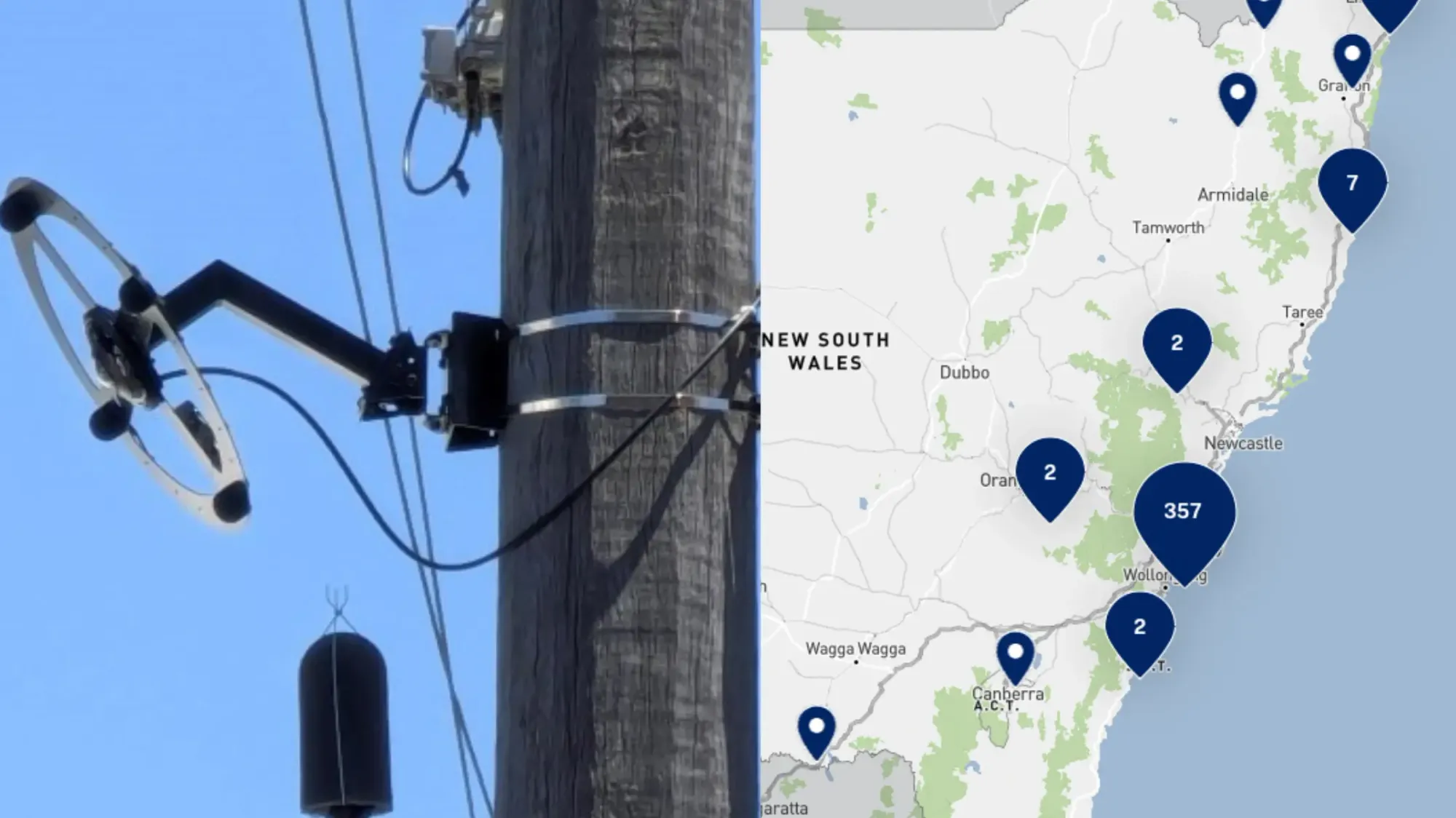In a strategic pivot reflecting broader industry challenges, British luxury automaker Aston Martin has announced a second delay for its debut electric vehicle (EV), now pushing the launch window to "before 2030."
This decision marks a significant retreat from earlier ambitions as the company instead prioritizes plug-in hybrid (PHEV) development to meet emissions regulations and evolving consumer preferences.
Revised Electrification Timeline
| Milestone | Original Plan | 2023 Revision | Current Plan |
|---|---|---|---|
| First EV Launch | 2025 | 2026 | "Before 2030" |
| Hybrid Expansion | N/A | 2024 Start | Accelerated |
| Full Electrification | 2030s | 2030s | 2035-2040 |
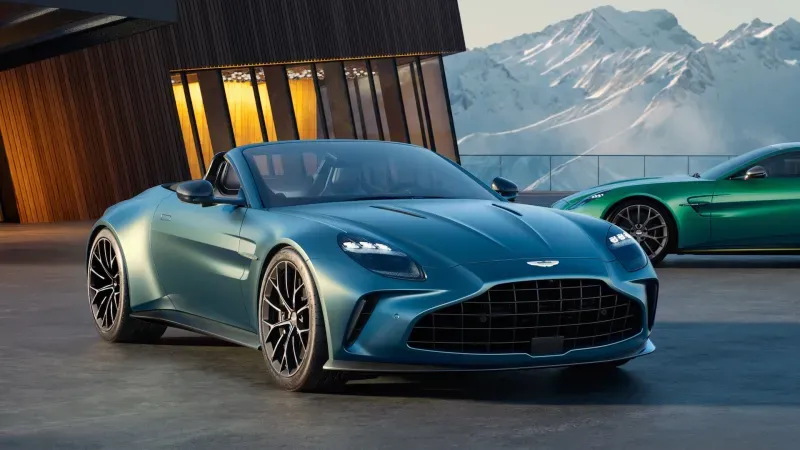
This latest delay – the second in twelve months – follows Aston Martin's 2023 decision to push back its EV debut from 2025 to 2026. CEO Adrian Hallmark cited "changing market dynamics" and stronger-than-expected demand for hybrids as key factors in the revised strategy.
Hybrid First Strategy
While the EV timeline slips, Aston Martin is doubling down on plug-in hybrids:
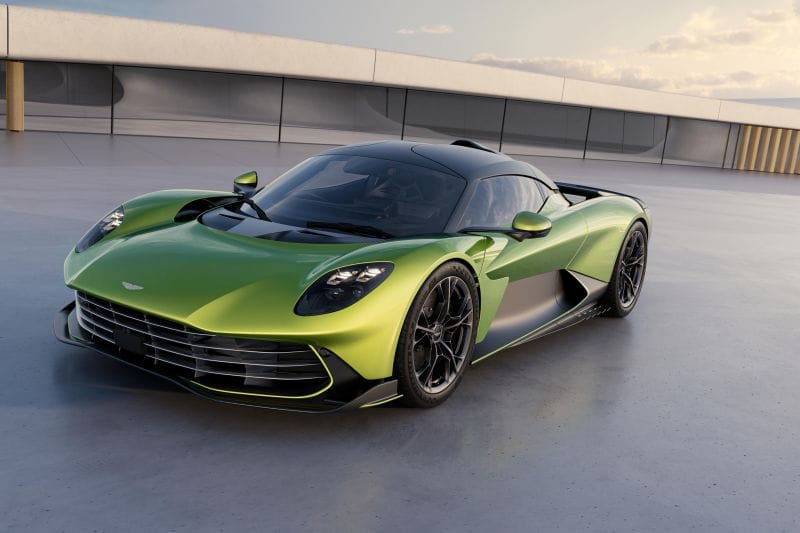
Immediate Plans
- Expand PHEV lineup using Mercedes-AMG developed powertrains
- Follow up 2023's Valhalla supercar with more practical hybrid models
- Target 50% hybrid sales mix by 2030
Technical Partnerships
- Front motors: Aston Martin-developed
- Rear motors: Lucid-sourced technology
- Battery systems: Leveraging Mercedes' EV expertise
The Valhalla PHEV's 937hp powertrain – combining a 4.0L twin-turbo V8 with dual electric motors – serves as the blueprint for future performance hybrids.
Market Realities Drive Decision
Several factors influenced Aston Martin's strategic shift:
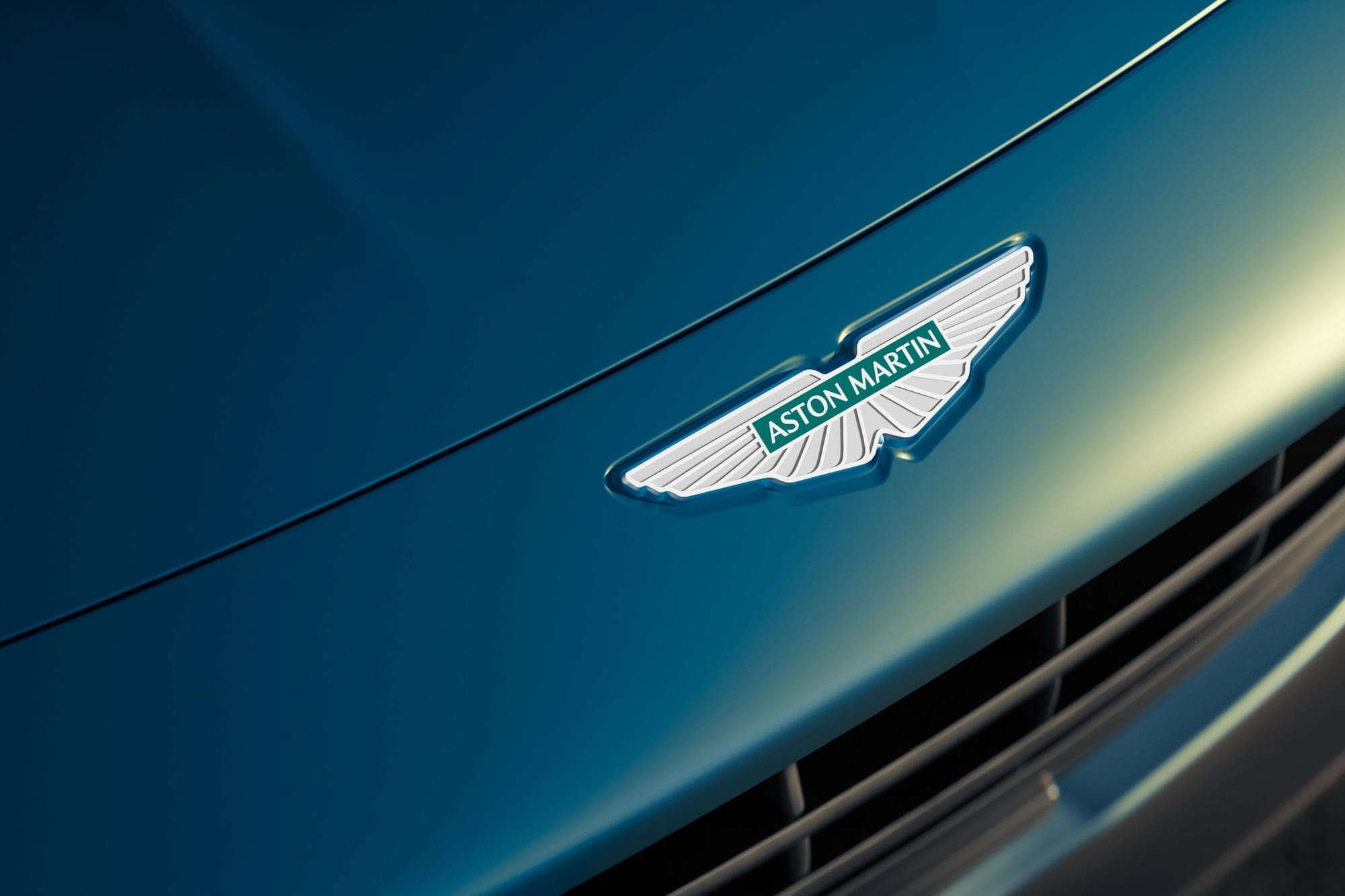
EV Demand Softening: Luxury buyers show preference for transitional hybrids
Regulatory Pressures: Need to meet EU emissions targets before 2035 ICE ban
Development Costs: Preserving capital amid economic uncertainty
Brand Identity: Maintaining combustion engine character during transition
The EV Question
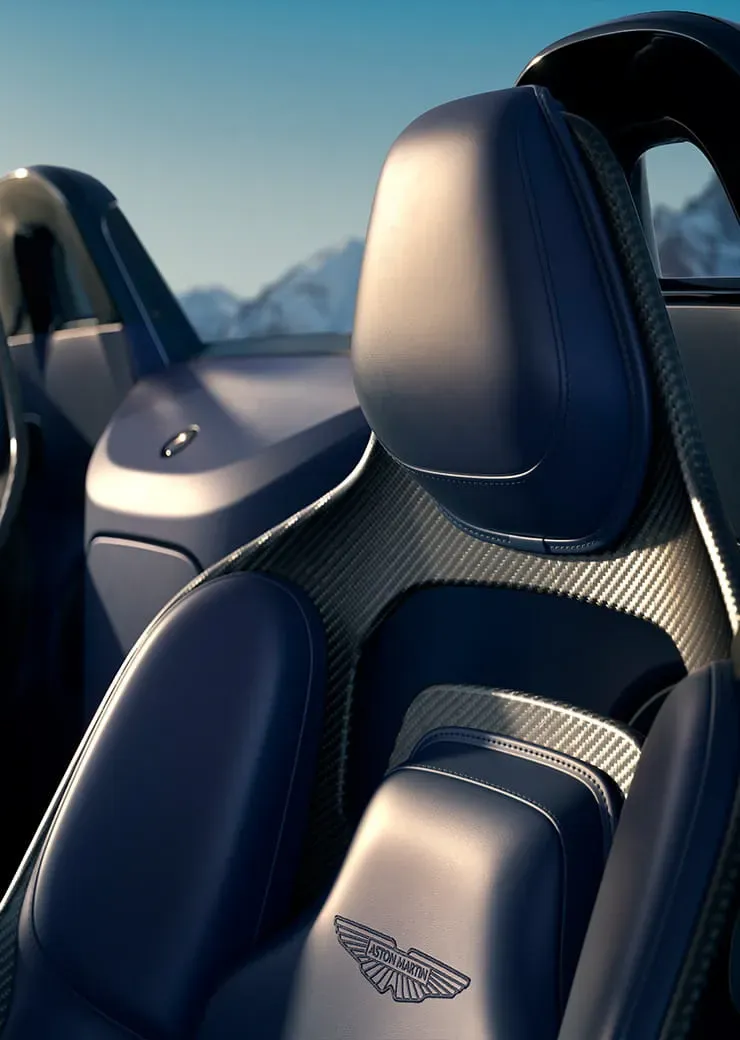
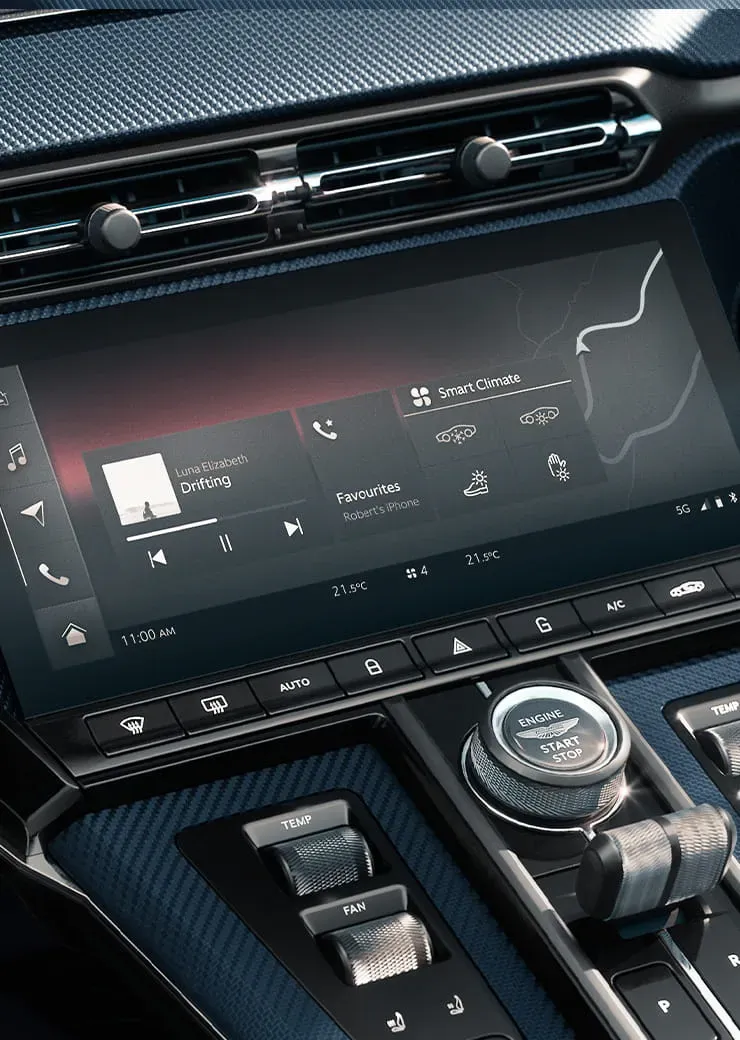
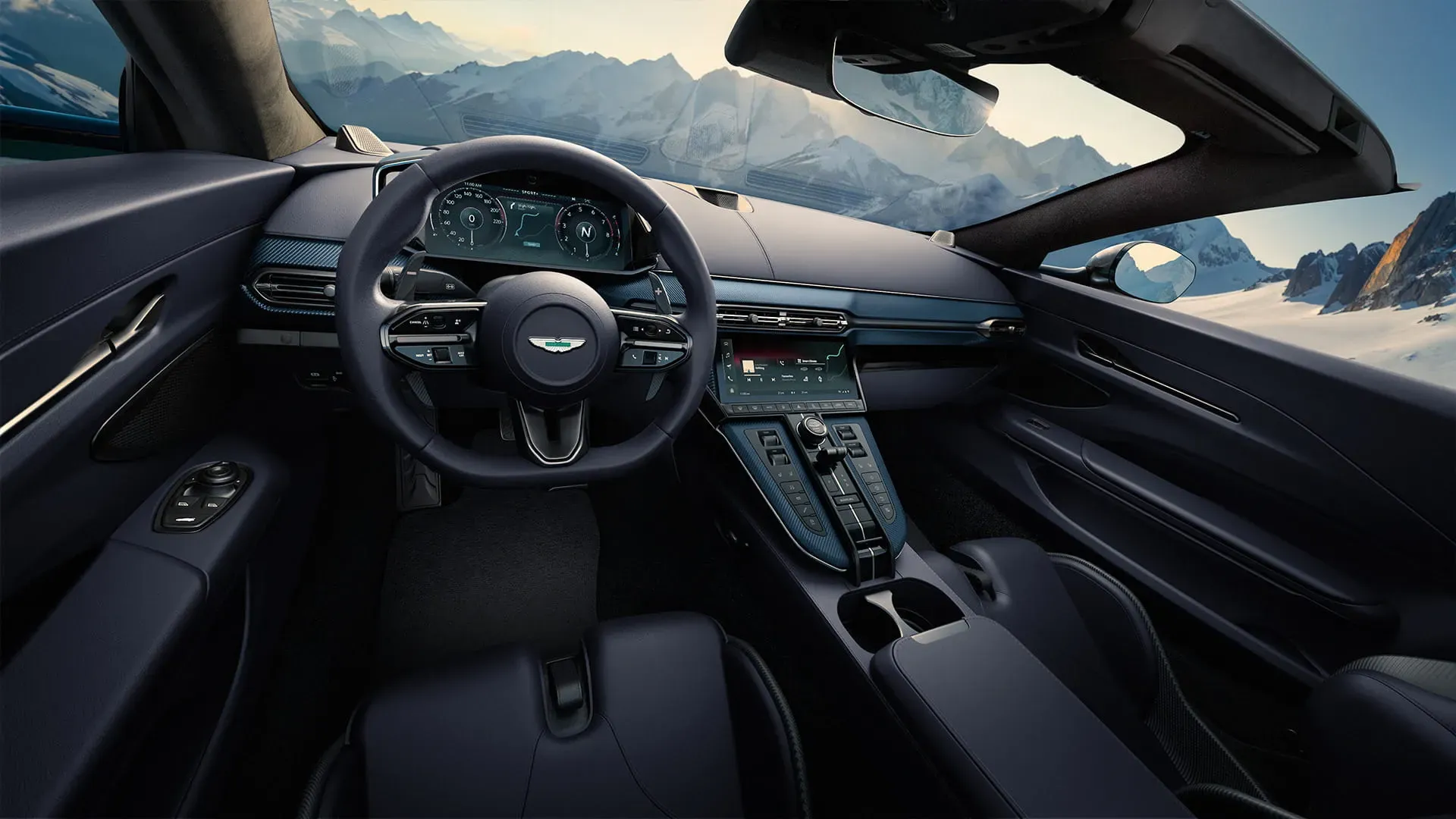
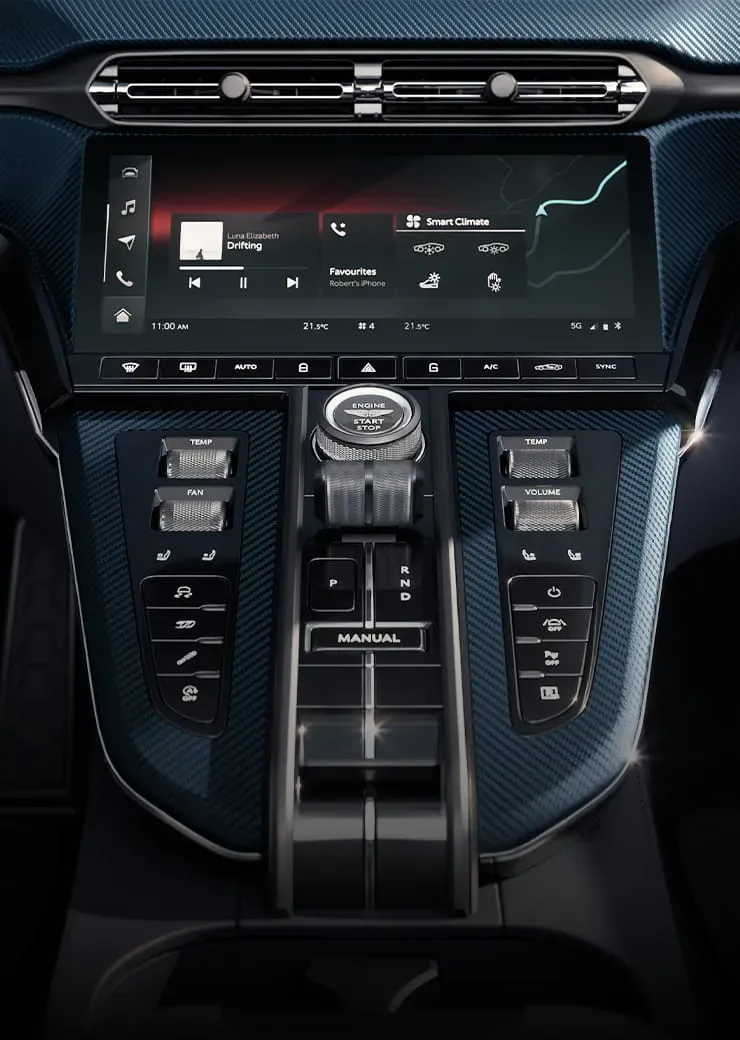
Model Strategy
- Sports car vs. SUV as first EV still undecided
- Potential to revive historic nameplate (DBX Electric?)
- Balancing heritage with innovation
Technical Specifications
- Targeted range: 500+ km (310+ miles)
- Performance: 0-60mph under 3 seconds for flagship
- Charging: 800V architecture for ultra-fast capability
Competitive Landscape
Aston Martin's revised plan contrasts with rivals:
- Ferrari: 40% hybrid/EV sales by 2030
- Lamborghini: First EV due 2028
- McLaren: Hybrid focus until 2030s
This cautious approach reflects Aston's smaller scale – producing 6,400 vehicles in 2023 vs. Ferrari's 13,200.
What This Means
Aston Martin's hybrid pivot reveals broader truths about the luxury EV transition:
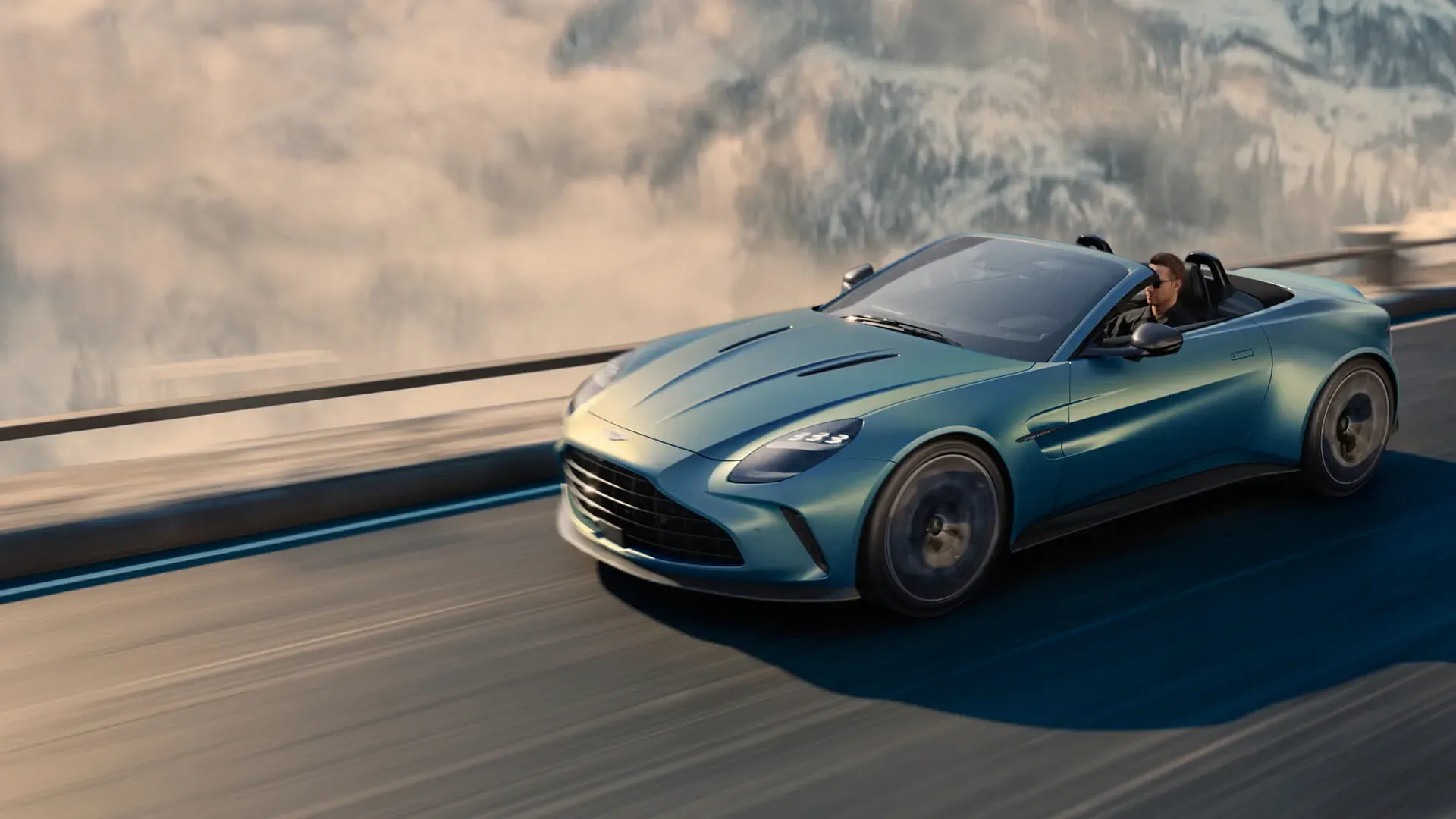
Performance Legacy: Combustion engines remain emotional draw
Customer Demographics: Traditional buyers slower to adopt EVs
Technical Challenges: Packaging EV tech in lightweight sports cars
The delay risks alienating eco-conscious buyers but preserves short-term profitability. However, with the EU's 2035 ICE ban looming, Aston must balance present needs with future obligations.




